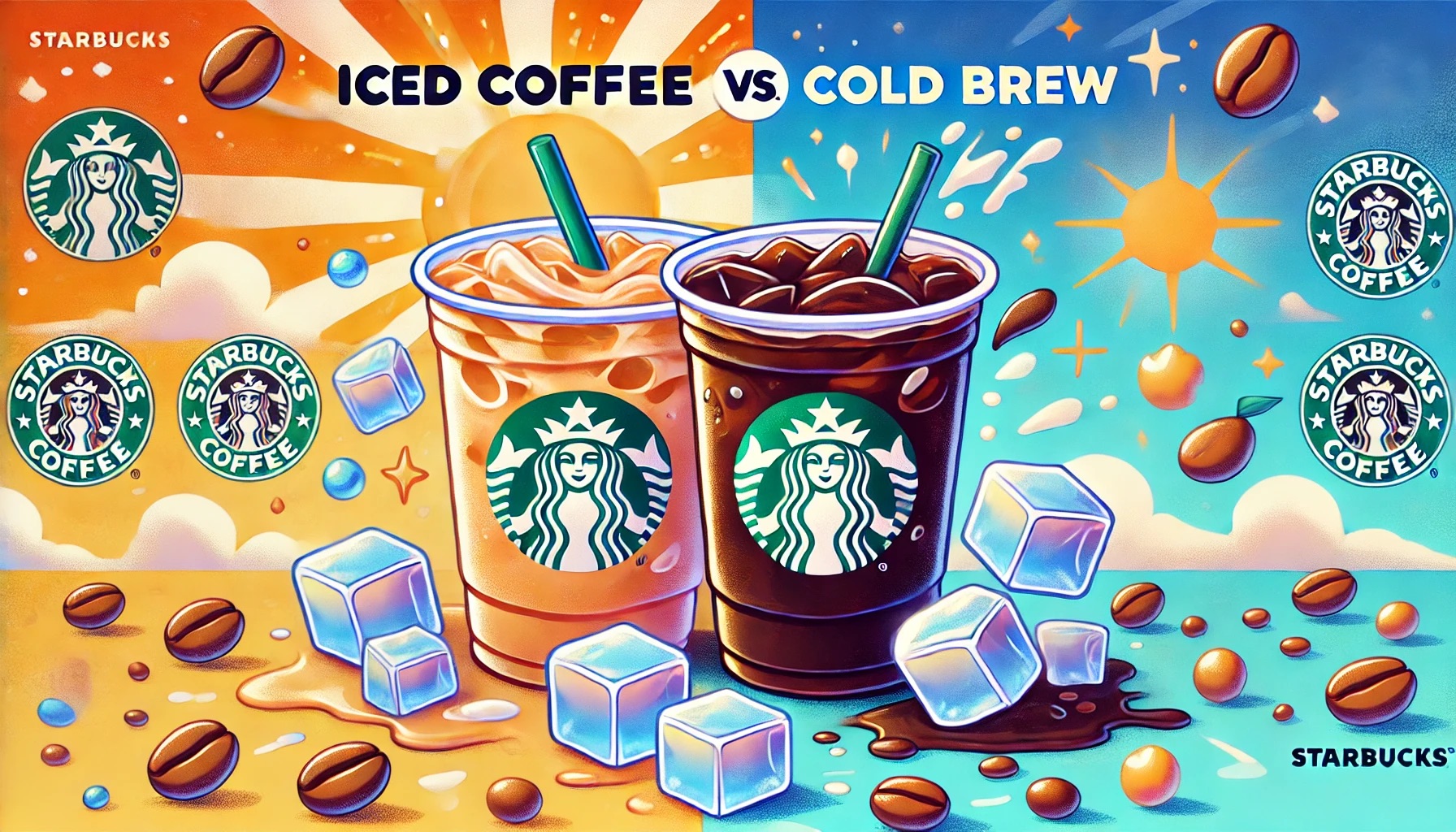Starbucks fans often debate the differences between iced coffee and cold brew, but the key distinction lies in the brewing process. Iced coffee is brewed hot and cooled, while cold brew skips the heat and slowly steeps for 24 hours, creating smoother, richer flavors with less acidity.
Starbucks Cold Brew Delivers Smooth, Complex Flavors While Iced Coffee Offers a Balanced, Medium Body
Cold coffee signals a forgotten cup destined for a trip to the microwave. However, with the rise of iced coffee and later cold brew, it became a new way to enjoy caffeine. Starbucks fans are well acquainted with cold brew, though its origins trace back to Japan, not Seattle. Inspired by Kyoto-style coffee, a centuries-old brewing method that involves slowly steeping or dripping coffee through cold water, Starbucks’ cold brew embraces the steeping process, bringing out complex, nuanced flavors distinct from traditional iced coffee.
The critical difference between Starbucks' Iced Coffee and Cold Brew starts with the brewing method. Iced coffee is hot-brewed, then cooled and diluted with water. Starbucks’ iced coffee typically follows a double-strength recipe, using four tablespoons of coffee to 6 ounces of water. As ice is added, it further dilutes the coffee, leading to a medium-bodied, balanced flavor with notes of cola and caramel. For those looking for a more robust flavor, you can adjust the coffee-to-water ratio or choose a darker roast.
Cold brew, on the other hand, skips the heat entirely. Starbucks cold-steeps coarse-ground beans in cool water for up to 24 hours. This slow extraction brings out a smoother, fuller-bodied flavor with lower acidity and hints of chocolate and natural sweetness. However, when Starbucks runs out of its small-batch Cold Brew, an Iced Coffee can serve as a satisfying backup option.
Both Starbucks Iced Coffee and Cold Brew Offer Endless Customization, From Sweet Syrups to Cold Foams
Regarding cold coffee creations, both iced coffee and cold brew serve as blank canvases for endless possibilities. Iced coffee's versatility makes it easy to customize, whether by adding cream, sugar, or flavored syrups for a sweet treat. Cold brew drinkers, in contrast, tend to savor the smooth, natural flavors, often enjoying it black over ice. Starbucks also offers a variety of cold foams that pair perfectly with Cold Brew, enhancing the experience with light, airy textures.
Starbucks recommends specific flavor combinations based on each cold coffee’s characteristics. For example, double-brewed Breakfast Blend iced coffee complements cinnamon and sweetened condensed milk, shaken and served over ice. Meanwhile, cold brew lends itself to more sophisticated concoctions like the Cold Brew Old Fashioned, which features Angostura bitters, orange syrup, and orange peel and cherries garnishes—no whiskey required.
There are endless opportunities for creative experimentation with either cold coffee brewing method. Add coconut milk for richness or spices and herbs for an extra kick. You can even substitute tonic water or chocolate milk for a unique twist. Whether aiming for a dark roast Vietnamese iced coffee, a Greek-style frothy frappé, or an Aussie iced coffee topped with vanilla ice cream, both iced and cold brew coffees offer the perfect base for your next coffee masterpiece.



 Stuck in a creativity slump at work? Here are some surprising ways to get your spark back
Stuck in a creativity slump at work? Here are some surprising ways to get your spark back  6 simple questions to tell if a ‘finfluencer’ is more flash than cash
6 simple questions to tell if a ‘finfluencer’ is more flash than cash  The Beauty Beneath the Expressway: A Journey from Self to Service
The Beauty Beneath the Expressway: A Journey from Self to Service  Locked up then locked out: how NZ’s bank rules make life for ex-prisoners even harder
Locked up then locked out: how NZ’s bank rules make life for ex-prisoners even harder  The American mass exodus to Canada amid Trump 2.0 has yet to materialize
The American mass exodus to Canada amid Trump 2.0 has yet to materialize  What’s the difference between baking powder and baking soda? It’s subtle, but significant
What’s the difference between baking powder and baking soda? It’s subtle, but significant  Yes, government influences wages – but not just in the way you might think
Yes, government influences wages – but not just in the way you might think  Columbia Student Mahmoud Khalil Fights Arrest as Deportation Case Moves to New Jersey
Columbia Student Mahmoud Khalil Fights Arrest as Deportation Case Moves to New Jersey  Canada’s local food system faces major roadblocks without urgent policy changes
Canada’s local food system faces major roadblocks without urgent policy changes  Every generation thinks they had it the toughest, but for Gen Z, they’re probably right
Every generation thinks they had it the toughest, but for Gen Z, they’re probably right  Office design isn’t keeping up with post-COVID work styles - here’s what workers really want
Office design isn’t keeping up with post-COVID work styles - here’s what workers really want  Can your cat recognise you by scent? New study shows it’s likely
Can your cat recognise you by scent? New study shows it’s likely  Britain has almost 1 million young people not in work or education – here’s what evidence shows can change that
Britain has almost 1 million young people not in work or education – here’s what evidence shows can change that  AI is driving down the price of knowledge – universities have to rethink what they offer
AI is driving down the price of knowledge – universities have to rethink what they offer  How to support someone who is grieving: five research-backed strategies
How to support someone who is grieving: five research-backed strategies 


























